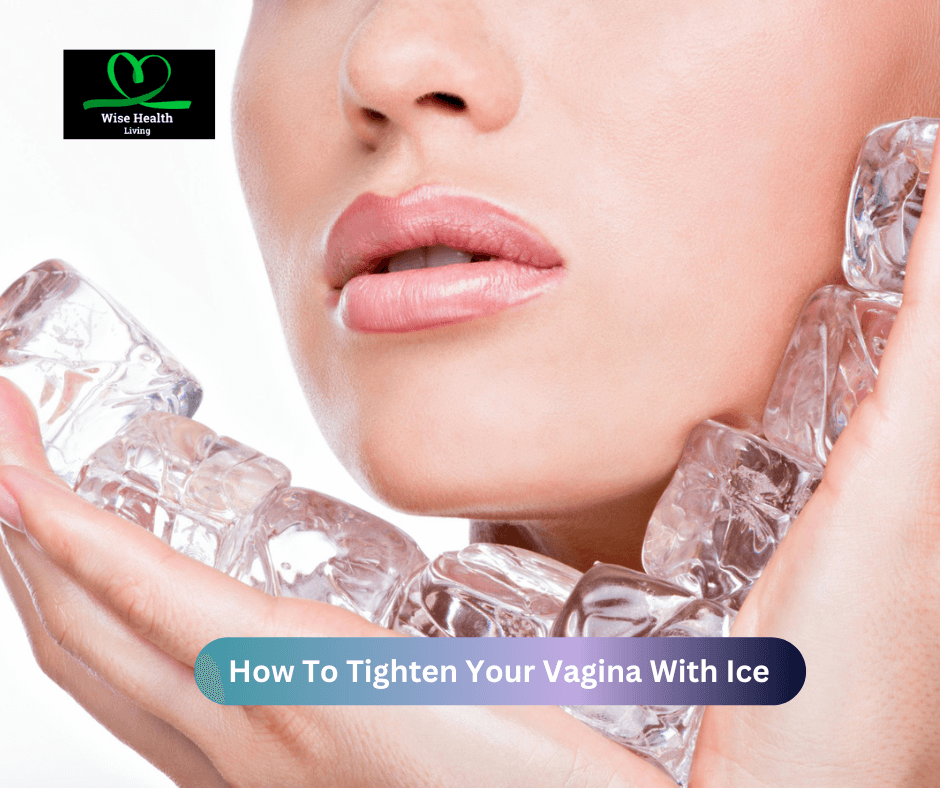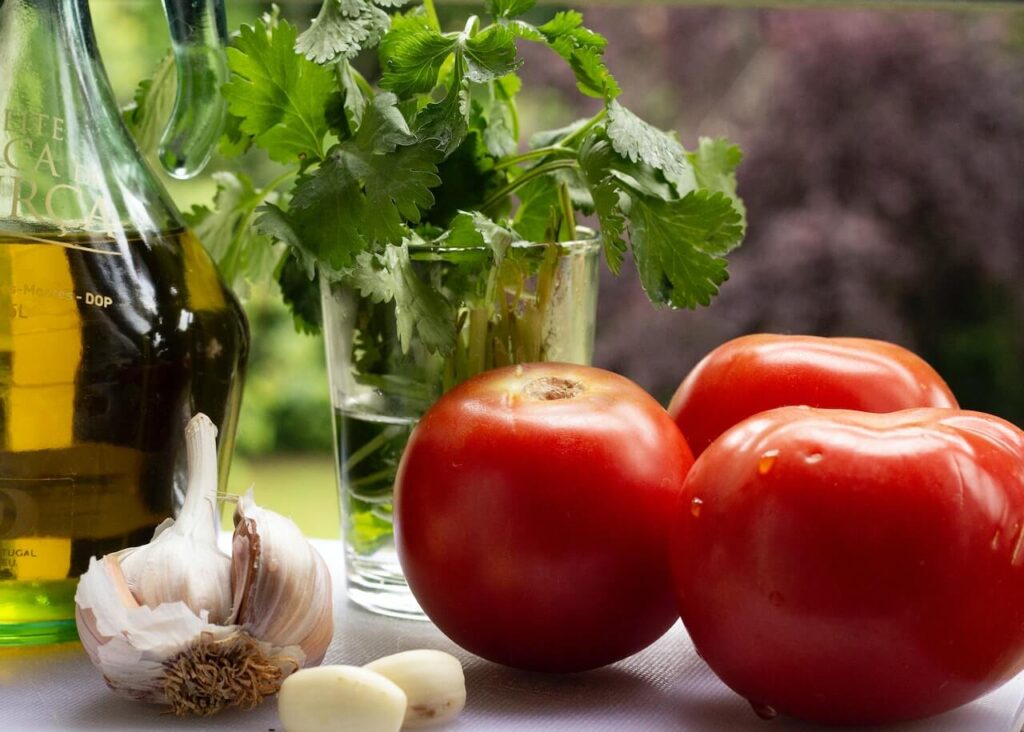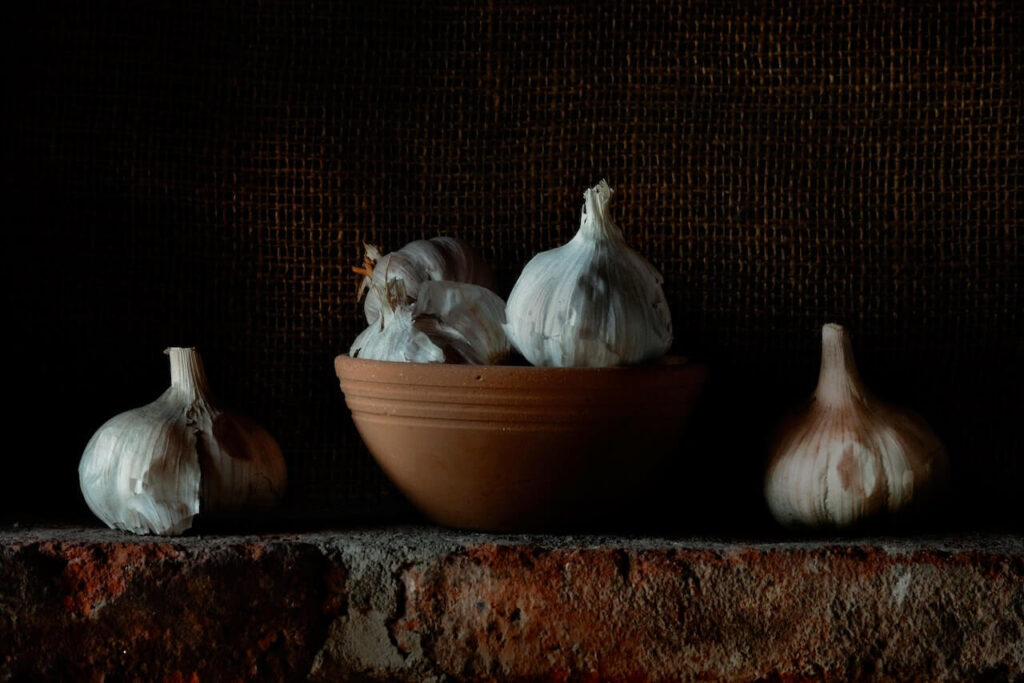Women are concerned about how they look and how they are perceived by the people around the and that is what leads them to ask questions including “how to tighten your vagina with ice”.
Women enjoy sex as much as men do and would want to give as much pleasure as they expect to receive during sex. This ideology helps as women would love to be perceived well by their partner, through how much pleasure their vaginas can give.
We are part of a society that places much emphasis on women having tight vaginas. We believe that a woman with a tight vagina can give her, as well as her partner, as much pleasure as can be gotten during sex.
Men also go looking for women with tight vaginas, setting aside ones with vaginas which are considered loose.
One thing we have been made to understand is the fact that a woman having a loose member does not go on to portray that she has been serving up her vagina on a platter to any man that comes her way. Some would say that having men with large phallus constantly have sex with them was responsible for women having loose vaginas. Certain factors explain why women’s vaginas go loose. They can be found below.
Why do women have loose vaginas?
Studies and scientific evidence indicate that just two factors—age and childbirth—can have an impact on a vagina’s elasticity. The vagina will naturally go loose with time and repeated childbearing.
Also, as a person enters their forties and oestrogen levels start to decline, indicating the start of menopause, the vaginal tissue will grow thinner, drier, and finally less elastic than it was.
Now that we can confirm why vaginas go loose, let us make some definitions of terms before we plunge into the answer to the issue of “how to tighten your vagina with ice”.
What is ice?
Ice is a solid material created when liquid or gaseous water freezes. Water vapour transforms into frost at ground level and snowflakes (each made up of a single ice crystal) in clouds at temperatures below 0 °C (32 °F). Liquid water solidifies at a lower temperature, forming items like river ice, sea ice, hail, and ice made professionally or in-home freezers.
Exciting Read – Top 12 Health Benefits Of Cloves And Milk to the Body
Uses of ice
From ancient times, people have relied on gathering natural ice in a variety of forms for chilling and food preservation before switching to the mechanical creation of the substance. Ice is a problem for numerous modes of transportation as well as a venue for winter sports.
- Ice has been used as a cooling agent for a very long time. Ice was once kept in subterranean, heat- and water-resistant constructions where it was used to cool summertime delights for the aristocracy.
- Ice is a crucial component of several winter sports, including bobsled, luge, and skeleton racing, as well as ice skating, tour skating, ice hockey, bandy, ice fishing, ice climbing, and ice climbing. Every four years, the Winter Olympic Games draw attention from all around the world to a variety of ice sports.
- Ice yachting is a kind of sailing on blades. Ice racing is an additional sport in which competitors race while maintaining high speeds on lake ice and skidding vehicles (similar in some ways to dirt track racing). Even ice rinks have seen modifications to the sport.
- In iceboxes, ice is used to chill and preserve food. Drinks can be chilled using ice cubes or crushed ice. The drink is kept at or close to 0 °C (32 °F) as the ice melts and absorbs heat.
- Ice can be utilised as a component of an air conditioning system, with hot air being blown over it by battery- or solar-powered fans. This is especially helpful during heat waves when power outages prevent the use of conventional (electric-powered) air conditioners.
- By placing ice on a part of the body, you can relieve discomfort and swelling (by reducing blood flow) much like other cold packs.
What is a Vagina?
The vagina, also known as the vulva or cervix, is a muscular canal that runs from the exterior of the female genital region, also known as the vulva, to the neck of the uterus.
A baby descends into the vagina during childbirth, the uterine lining is shed during menstruation, and penetration can happen during sexual activity.
A part of the outer vaginal entrance is often covered by the hymen, a thin layer of mucosal tissue. Moreover, it facilitates menstrual blood flow. The human menstrual cycle depends on this mechanism.
The English term “sheath” or “scabbard” is derived from the Latin word “vagina” (plural: vaginae or vaginas).
The birth canal is another name for the vagina when it comes to pregnancy and childbirth.
The vagina is frequently referred to as the reproductive and urination organ. The two exterior openings in the vulva that are generally present in females are the urethral opening for the urine system and the vaginal opening for the genital tract. Contrarily, male animals usually have a single urethral entrance for both urine and reproduction.
How to tighten your vagina with ice according to popular belief
Many believe that a woman can get her vagina to be tight by inserting an ice cube into the vagina by vaginal douching or ice cube vaginal wash. They believe that by freezing or cooling your vagina, the muscles would contract and have it go tighter over time.
It is imperative to understand that even though ice can help contract the vaginal muscles or mucosa, it cannot permanently make it tight. Disappointingly, there is no long-term success in tightening the vagina with ice. In a few minutes to hours, you would have your member go back to the way it was before.
So, it is worth stating that there is no sure way to answer how to tighten your vagina with ice. It is also a no-no to put ice into your vagina to find out how to tighten your vagina with ice; as the practice could cause you some serious health issues.
Whadverse effects of using ice to tighten your vagina
There are a few disadvantages of putting ice into your vagina to help facilitate the tightening of your vagina. They include
1. Making your vagina prone to yeast infections, toilet infections and bacterial vaginosis.
2. It is also worth understanding that the level of acidity or alkalinity of your vagina could be disrupted by putting ice into your vagina.
Recommended – What are the Side Effects Of Postinor-2 On Menstruation?
How having a tight vagina can even become a problem for women
It has been demonstrated by researchers that having a “tight” vagina may really be problematic. As a result, when a woman feels “tight,” her vagina will either be less lubricated or unaroused. She can perhaps be preoccupied or less sexually aroused than you are.
She could also feel uneasy or struggle with stress, anxiety, or other mental health issues. And occasionally, she could just be going through hormonal fluctuations.
The sense of constriction, according to them, does not indicate that a woman’s vagina is physiologically tiny. When she hasn’t received enough muscle relaxation or lubricant in her vagina to facilitate a smooth procedure, the male may just be experiencing additional friction.
This also means the female may experience intense pain while the male enjoys himself because of the extra friction.
How then can one tighten their vagina?
Kegel exercises and vaginoplasty are the only two methods recognised as a sure way for tightening the vagina.
What are Kegel exercises?
Kegel exercises entail tightening and loosening the muscles in your pelvic floor in order to build that area’s strength and tighten your vagina. Moreover, it enhances orgasms and tightens the vagina.
Kegel exercises for vaginal tightening
All you need to do to strengthen your Kegels and have a tighter vagina is:
- Lay on your back in a comfortable posture.
- Your pelvic floor muscles should be tightened for 5 seconds, then released for a further 5 seconds.
- At least five times should be added to this process.
As you practise, your ability to contract your vaginal muscles and experience the pleasure you desire and offer during sex will improve.
Vaginoplasty
Another sure way of getting your vagina tight is having a vaginoplasty. A vaginoplasty is a rejuvenation procedure that helps to address the vagina’s laxity and distention. It aids in regaining the ability of the vaginal muscle to contract and tightens.
How does vaginal tightening with vaginoplasty work?
Vaginoplasty involves bringing the divided muscles back together and removing extra mucosa skin from the vagina’s backside.
After establishing how much tightening is necessary, a pie-shaped wedge is created to indicate the extra skin that has to be removed from inside the vagina. Strong sutures are used to reinforce the tissues beneath the skin. After the tightening of the vaginal canal, the mucosal skin is sutured shut. For a more attractive result, external skin that protrudes from the body can also be reduced.
A tighter vaginal canal is the end outcome, which might help you increase your level of sexual enjoyment.
What are the dangers and potential side effects of vaginoplasty?
But take caution, as getting a vaginoplasty requires spending a lot of money. Also, you must be prepared for a lot of discomfort and other dangers associated with the treatment, which might include bleeding, infection, and other consequences.
Together with not using sanitary napkins or tampons for the next eight weeks. No sexual activity is permitted then, and you might need to use a dilator (a medical device that can be used to help reduce pain in the vagina).
To conclude,
Let all females understand that sometimes, doing things come at a great price and the ability for one to be able to pay that price can also come in handy to see if one is living a healthy life or just looking for a whole world of trouble.
These last methods should be a better choice for solving this issue than going n the popular and dangerous methods of ensuring one practice “how to tighten your vagina with ice”.



